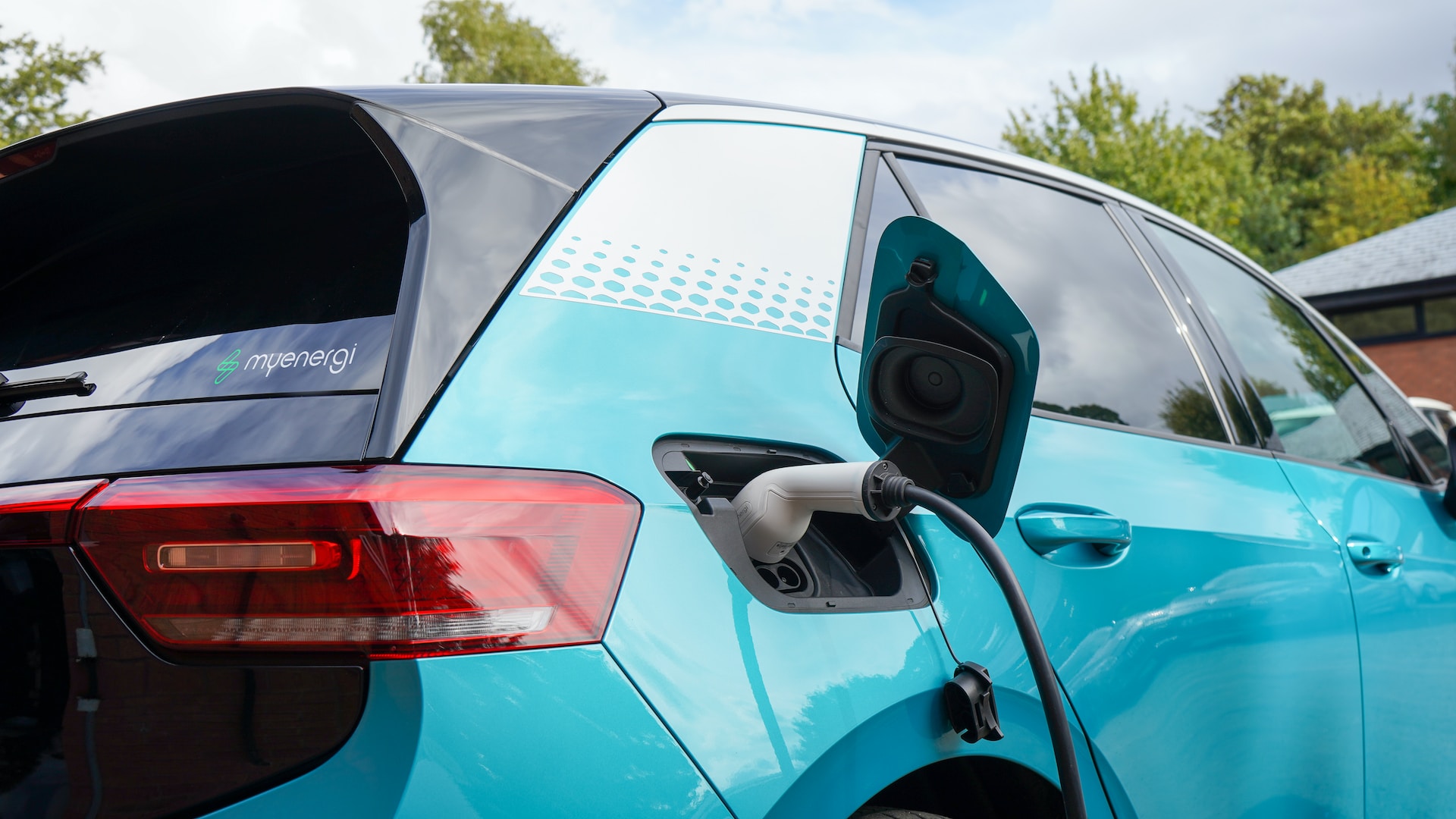Air pollution is one of the biggest environmental challenges facing the world today. The transportation sector is a major contributor to air pollution, with vehicles powered by fossil fuels emitting harmful pollutants into the air. Electric vehicles (EVs) offer a promising solution to this problem, as they produce no exhaust emissions and can significantly reduce air pollution. In this blog post, we will explore the solutions to air pollution with EVs.
The Impact of Air Pollution
Air pollution is a serious health risk, with harmful pollutants such as carbon monoxide, nitrogen oxides, and particulate matter contributing to respiratory diseases, heart disease, and cancer. The transportation sector is a major contributor to air pollution, with road transport responsible for up to 80% of nitrogen oxides and 70% of particulate matter emissions in cities (1).
EVs and Air Pollution
EVs produce no exhaust emissions, making them a promising solution to the problem of air pollution. EVs are powered by electricity, and as such, do not emit any of the harmful pollutants associated with traditional internal combustion engines. This means that EVs can significantly reduce air pollution in urban areas, where road transport is a major contributor to air pollution.
In addition to reducing air pollution, EVs offer other benefits. They are typically quieter than traditional vehicles, which can help to reduce noise pollution. They are also more energy-efficient, which can help to reduce the demand for energy and associated emissions.
Challenges to the Adoption of EVs
Despite the benefits of EVs, there are also several challenges to their adoption. One of the biggest challenges is the high cost of EVs. EVs are typically more expensive than traditional vehicles, which can make them inaccessible to many people. However, the cost of EVs is expected to decline in the coming years as the technology improves and economies of scale are achieved.
Another challenge is the lack of charging infrastructure. Unlike traditional vehicles, which can be refueled at any gas station, EVs require charging stations to recharge their batteries. While there has been significant progress in the development of charging infrastructure in recent years, there is still a long way to go before it is as widely available as gas stations.
Finally, there is also a need to address the issue of range anxiety. Range anxiety is the fear that an EV will run out of charge before reaching its destination. This fear can be a significant barrier to the adoption of EVs, particularly for those who are accustomed to the convenience of traditional vehicles.
Solutions to the Adoption of EVs
Despite these challenges, there are several solutions that can help to promote the adoption of EVs and reduce air pollution. One solution is the development of incentives to encourage the purchase of EVs. In many countries, governments offer tax credits or rebates to people who purchase EVs. These incentives can help to offset the higher cost of EVs and make them more accessible to a wider range of people.
Another solution is the development of charging infrastructure. Governments and private companies can work together to develop a network of charging stations that are as convenient and accessible as gas stations. This will help to reduce range anxiety and make EVs a more viable option for people.
In addition, there is a need to continue to improve the technology behind EVs. Battery technology is improving rapidly, which means that EVs are becoming more efficient and have longer ranges. This will help to address the issue of range anxiety and make EVs a more viable option for people.
Finally, there is also a need to raise awareness about the benefits of EVs. Many people are still unfamiliar with EVs and the benefits they offer. Educating people about the benefits of EVs can help to increase demand for them and promote their adoption.
Conclusion
In conclusion, EVs offer a promising solution to the problem of air pollution, and their adoption can significantly reduce harmful emissions from the transportation sector. While there are challenges to their adoption, the solutions outlined in this post can help to overcome these barriers and promote the use of EVs as a cleaner, more sustainable mode of transportation. It is crucial that we continue to support and invest in the development of EV technology and infrastructure to ensure a cleaner, healthier future for our planet.
References:
- European Environment Agency. (2019). Air quality in Europe — 2019 report. Retrieved from https://www.eea.europa.eu/publications/air-quality-in-europe-2019
- International Energy Agency. (2021). Global EV outlook 2021: Scaling up the transition to electric mobility. Retrieved from https://www.iea.org/reports/global-ev-outlook-2021
- United Nations Environment Programme. (2020). Global Environment Outlook 2019: Healthy planet, healthy people. Retrieved from https://www.unenvironment.org/resources/global-environment-outlook-2019
